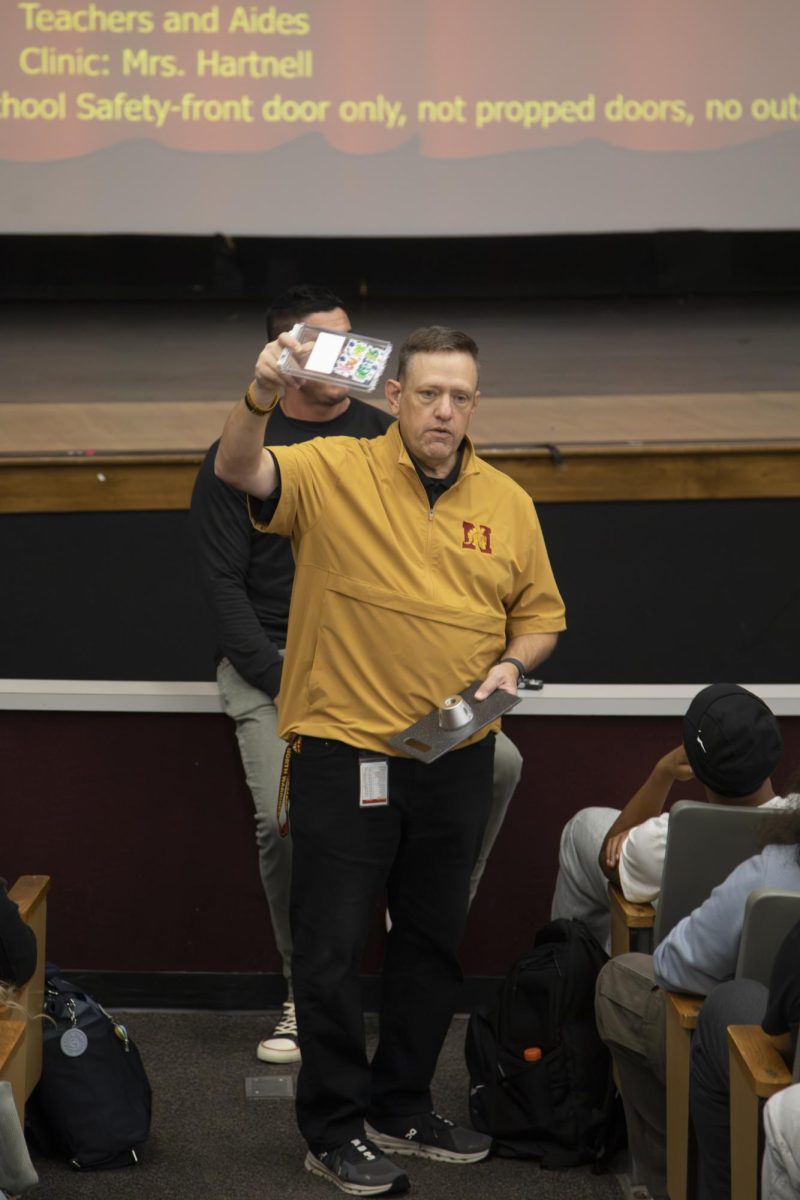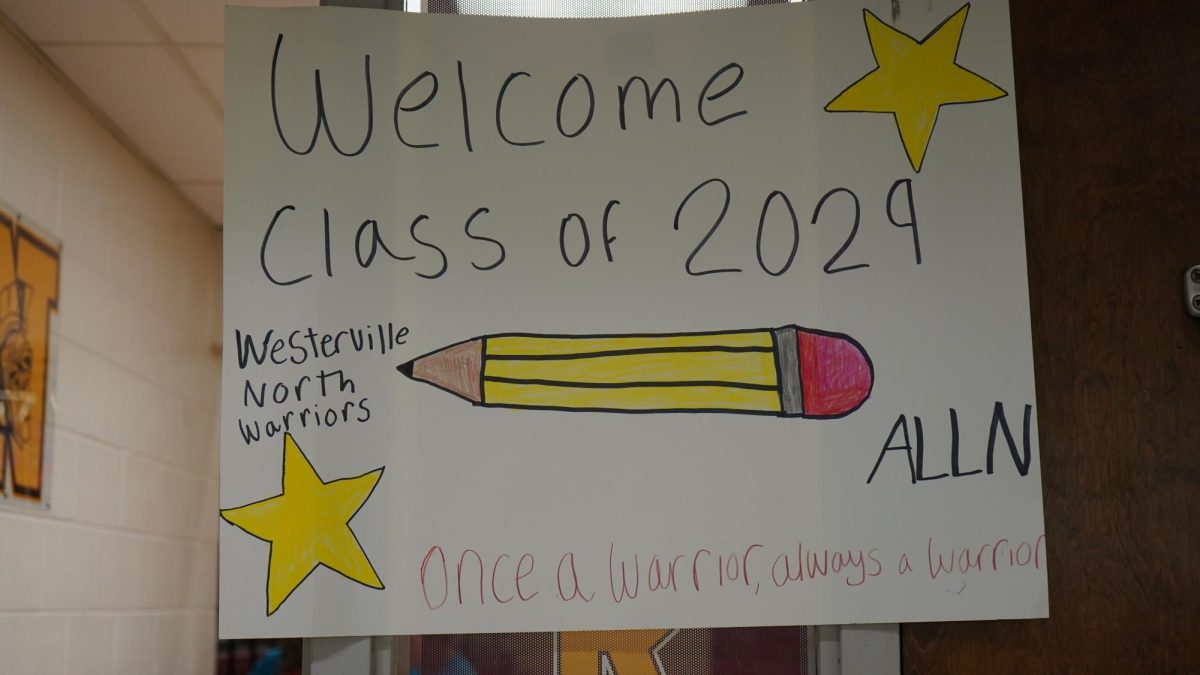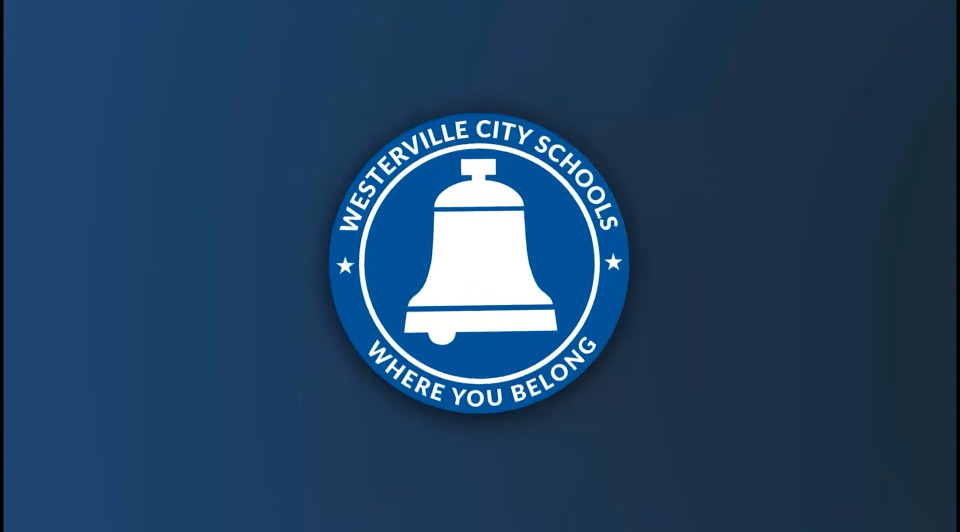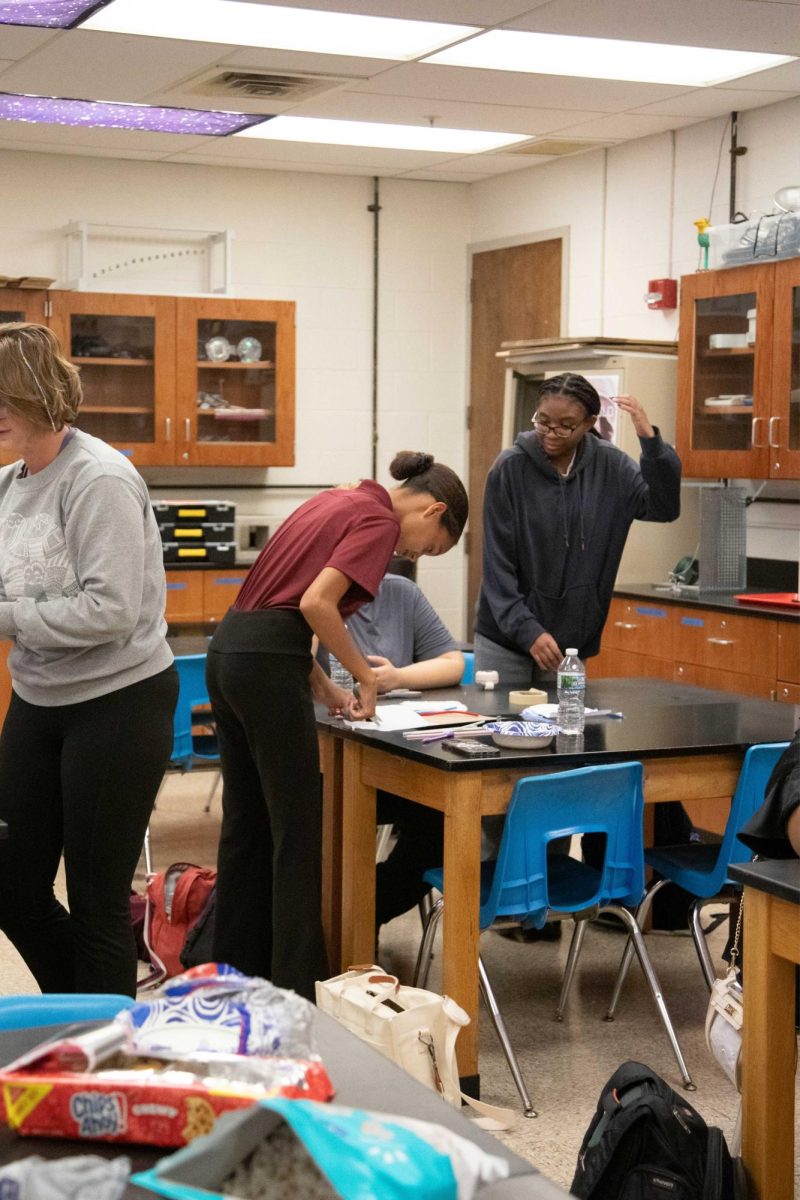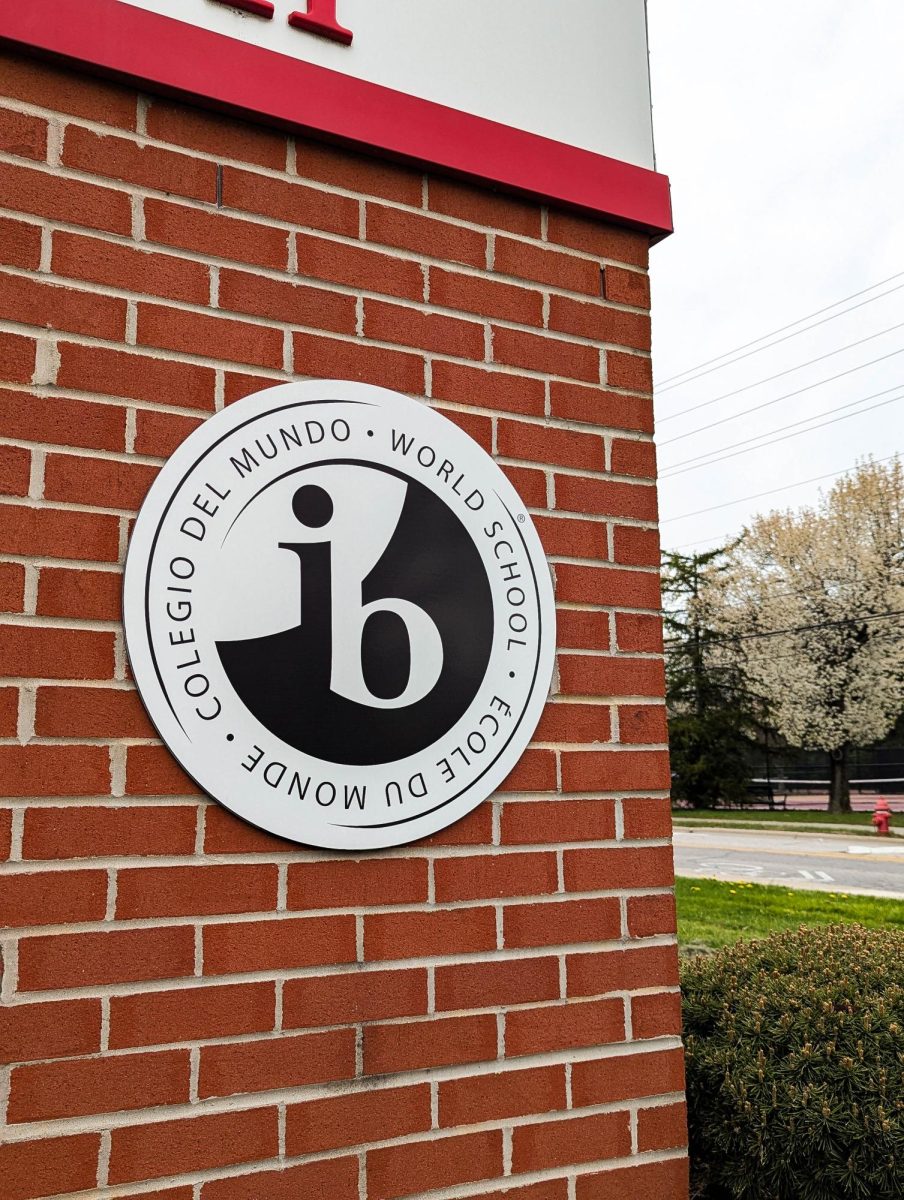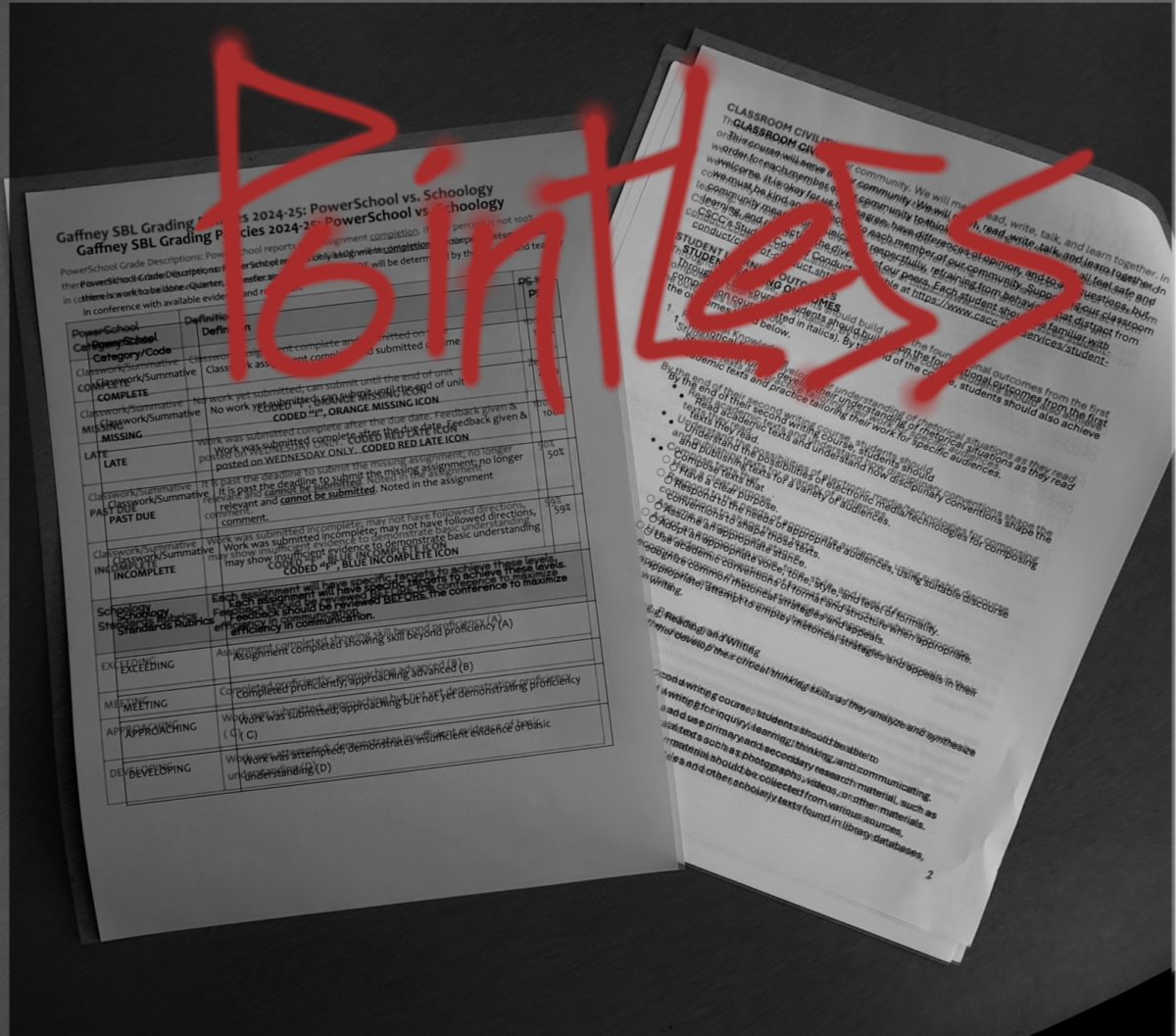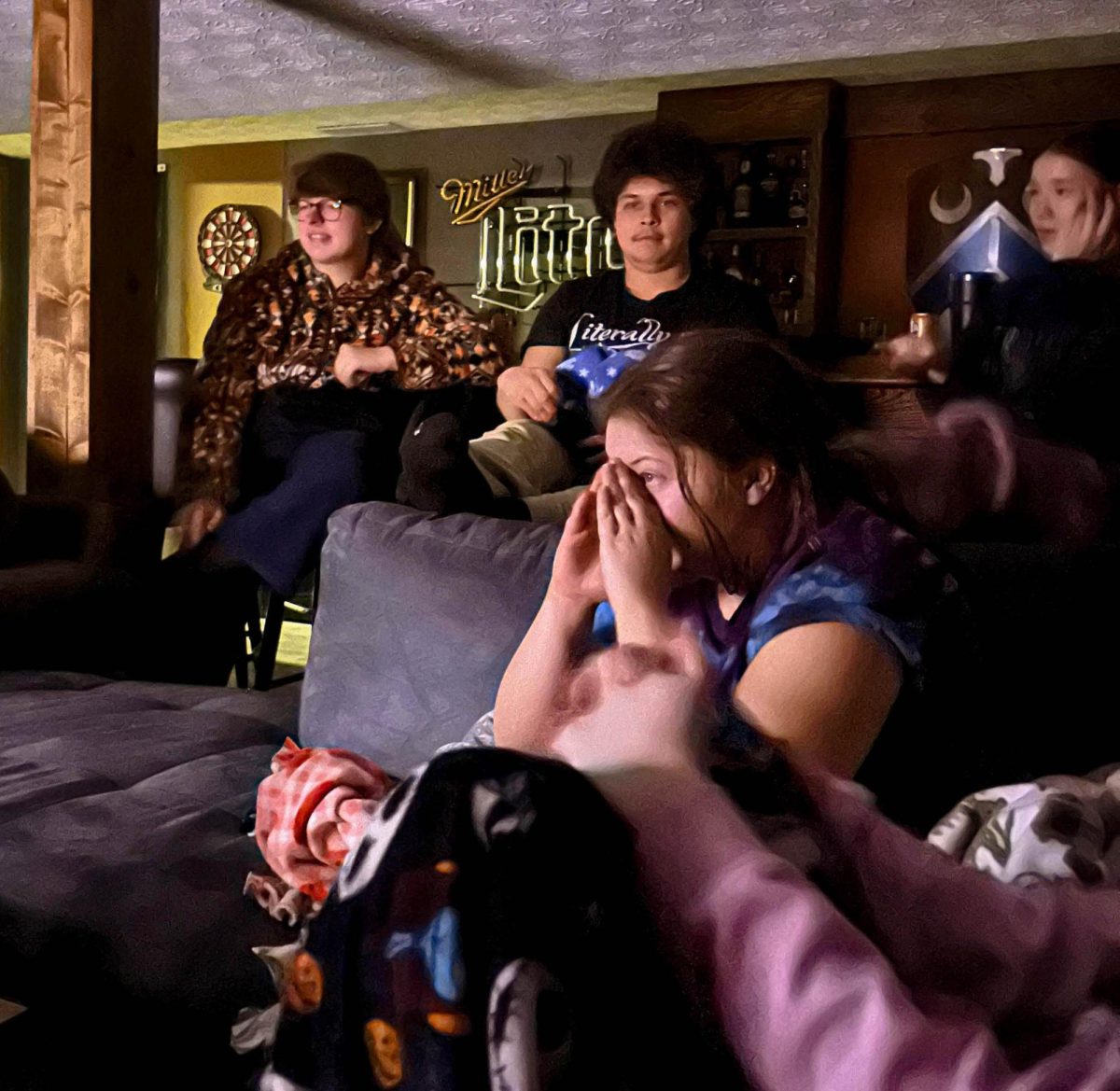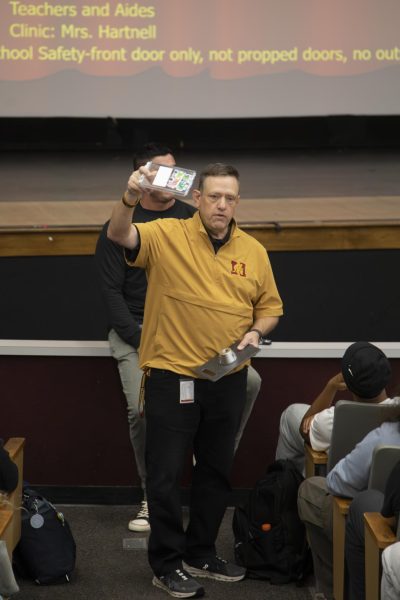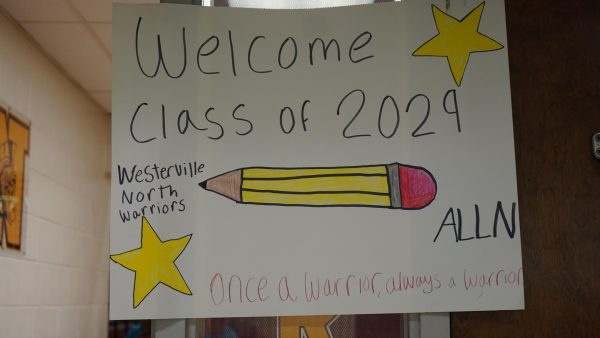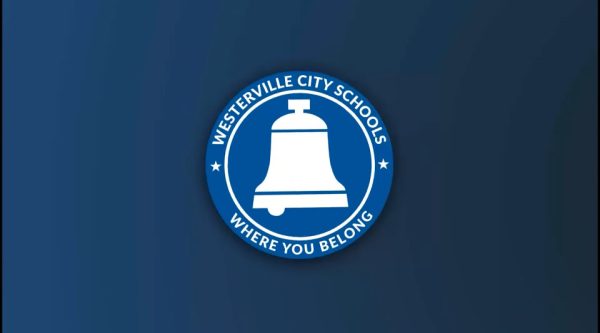Westerville works to increase environmental sustainability

Over the past years, environmental issues have surfaced in the news more frequently. This has sparked a response from many local governments, including Westerville. From the improvement to parks, to construction, to recycling, the city has engaged in numerous efforts to combat the effects of environmental problems facing both the local community and the world as a whole.
As a response to the pressing issues, city council has revamped their strategic goals to include environmental sustainability as a priority for 2019. With environmental sustainability the number two goal of the city, Westerville has created many initiatives to contribute to the effort.
For many, one of the easiest ways to help is by recycling and/or composting. Recycling specifically has proven its worth as it has significantly decreased the amount of waste being sent to landfills.
To encourage recycling throughout the community, the city of Westerville recently made the switch from red recycling bins to blue recycling carts.
City councilwoman, Valerie Cumming works with the Parks and Recreation Advisory Board and has supported many solutions in order to make Westerville a more environmentally friendly place.
“It was an important move for us as a city, because studies show that just moving to the blue carts alone can cause up to a 30 percent increase in recycling citywide,” Cumming said.
Although recycling is helpful, it is crucial that it be done correctly. Many commonly recycled items are not actually recyclable.
“Now the trick is trying to educate people on what can and can’t go into the bins,” Cumming said.
In addition, the city has also undertaken a new construction project on Spring Road, where a new stormwater drainage system is being installed. The project is on track to be completed in the beginning of October, and the impacts are projected to be substantial.
“Basically there are swimming-pool-sized ditches under the road which will collect the rainwater during major storm events, and then funnel that water out slowly into the creeks,” Cumming said
This new system is projected to prevent environmentally threatening issues from continuing to occur. The system will stop a large amount of water from gushing into creeks, which has previously caused erosion.
Another pressing issue pertaining to the environment is the significant levels of carbon emissions. As a city, Westerville is committed to reducing CO2 emissions and as a result, has started to replace some older city vehicles with electric or hybrid versions.
Reducing carbon emissions has become a predominant goal of many cities throughout the state of Ohio as well. Sophie Room is an environmental activist who has explained many of the efforts occurring throughout the state.
“Cleveland has a Climate Action Plan and has reduced its CO2 emissions and improved its air and water quality,” Roome said.
Cincinnati has also made major strides relating to emissions reductions.
“[Cincinnati]has reduced community CO2 emissions by 18.4 percent from 2006 to 2015 and government emissions by 36.3 percent in the same period,” Roome said.
An additional environmental issue that many deem a priority is climate change. However, solving an issue as broad as this one will take inclination and teamwork from many different government levels.
Roome agrees, “It will require massive changes to our economy, transportation sector, agricultural sector, corporate responsibility…consumer behavior/expectations, and implementation of new carbon reduction projects,” she said.
However, state and federal governments have yet to pass legislation regarding environmental sustainability.
“The state of Ohio itself is not particularly environmentally friendly at the moment,” Roome said.
With a lack of legislation, many cities and universities across the country have formulated their own efforts to help the environment.
Locally, “[The Ohio State University] is leading the way with climate change research, development of a compostable plastic alternative, a goal to achieve zero waste by 2025,” Roome said.
The number of environmental issues can easily be overwhelming, but there are many ways that citizens can get involved in the efforts to increase sustainability in their communities.
One of the easiest ways to help the environment is by recycling and composting. Recycling helps cut back on the amount of waste being sent to landfills. However, before recycling, it is important to learn what can and what cannot be recycled.
Junior Lindsey Slone also feels that recycling is a big way to help the environment.
“We need to cut down on our use of plastic,” Slone said.
Additionally, steps can be taken in homes to increase environmental sustainability as well.
“Making a small investment in energy-saving measures such as NEST heating/cooling systems are a great way to cut back on your monthly utility bill while also saving resources,” Cumming said.
On a larger scale, citizens can reach out to their representatives and vote if they are eligible.
“The time is ripe for students to take up this cause by being vocal in your communities. Contact your elected representatives and urge them to support environmental legislation,” Roome said.
Cumming agrees, “It’s great to reach out to City Council and to your state legislators with any ‘green’ initiatives you’d like to see happening.”
For other news stories, check out the print issue of The Odyssey!



